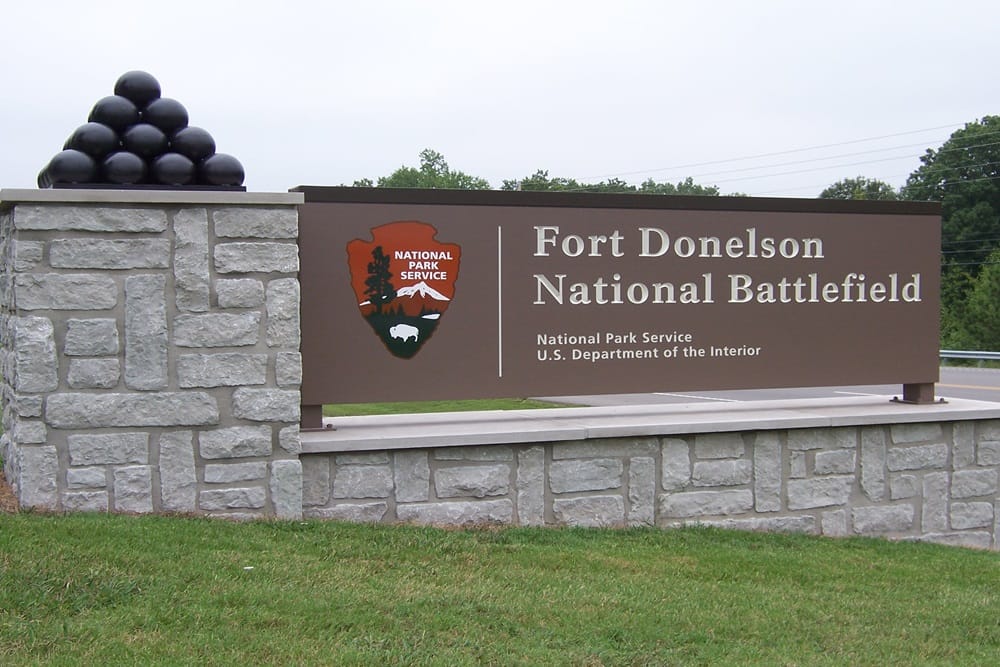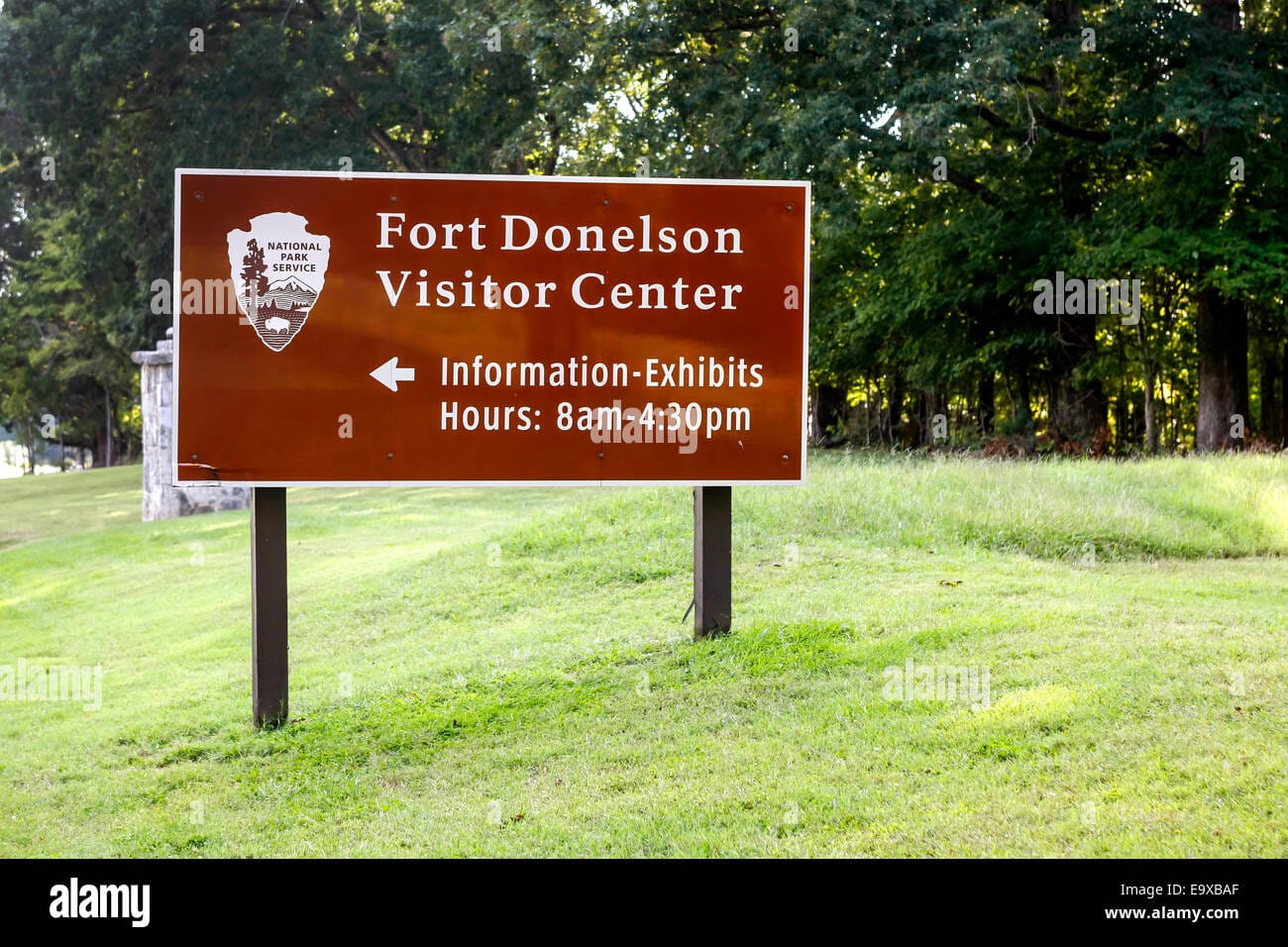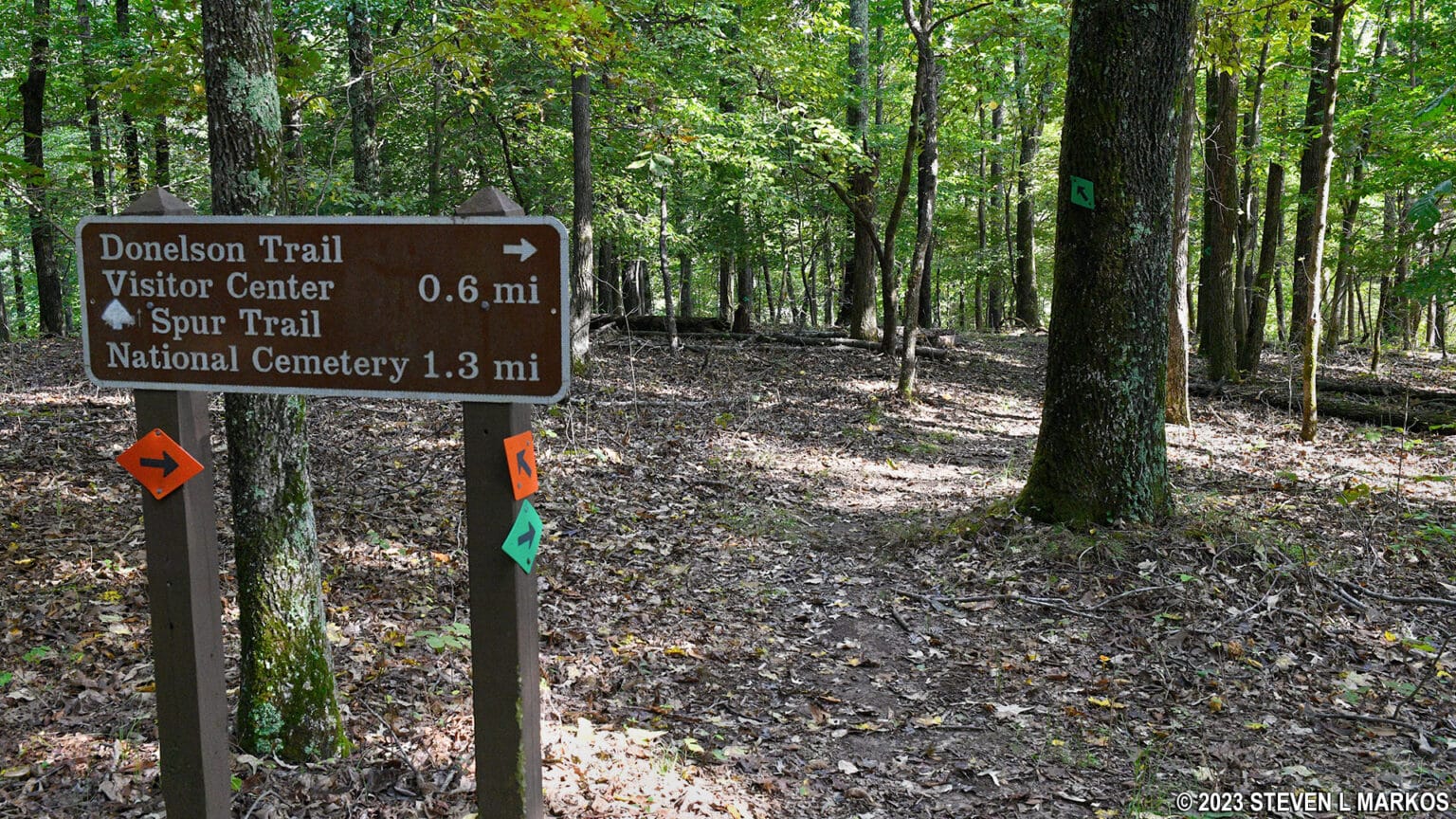Fort Donelson National Battlefield is a historic site located near Dover, Tennessee, and is significant for its role in the American Civil War. It was the site of the Battle of Fort Donelson, which took place from February 11–16, 1862. The Union victory at this battle, led by General Ulysses S. Grant, was a pivotal moment in the Western Theater of the Civil War and earned Grant the nickname "Unconditional Surrender" Grant. The victory also opened up the Tennessee and Cumberland Rivers for Union navigation and troop movements, significantly weakening the Confederate hold on the region.



Fort Donelson National Battlefield represents a tumultuous time in America's history. The park was established in 1928, but the preserving the memories, stories, and heroism at this site started from the moment the battle occurred in February 1862.
Location
Address: 1200 Fort Donelson Park Road, Dover, Tennessee 37058.
Located along the Tennessee River in northern Tennessee, the park is a short drive from the town of Dover and about 75 miles northwest of Nashville.
Visitor Center
The visitor center is typically open daily, but hours may vary seasonally, especially around holidays. It's best to check the park’s official website for the most current hours of operation and any special events or programs.




- The Fort Donelson Visitor Center provides interpretive displays, exhibits on the Battle of Fort Donelson, and a small museum with artifacts. The center is a good starting point for visitors to get an overview of the park's history before heading out to explore the battlefield.
Admission Fees
- Entry to the park: Free. There are no entrance fees to visit the Fort Donelson National Battlefield or its associated cemetery. The park is open to the public year-round, and visitors are welcome to explore the battlefield, hiking trails, cemetery, and visitor center without any charge.
Tours
- Self-Guided Tours:
- Visitors can explore Fort Donelson at their own pace through self-guided tours. Information signs and exhibits are available throughout the battlefield, offering insights into key battle sites, the fortifications, and the strategies used during the battle. Brochures and maps are often available at the visitor center to guide you on your tour.

Ranger-Led Tours:
Ranger-led programs are available, typically during peak visitation seasons (spring and summer). These tours offer in-depth historical context and take you to important areas of the battlefield, such as the earthen fortifications, artillery positions, and the cemetery.
Ranger Talks: These are shorter talks or demonstrations that provide further insight into the battle or the history of the fort. The schedule for ranger-led tours or programs can vary, so it’s a good idea to check in at the visitor center for more information on specific dates and times.
Occasionally, the park offers living history programs, where reenactors portray Civil War soldiers and demonstrate military tactics, camp life, and other aspects of the era. These programs are great for families and those interested in a more immersive experience.

Hiking Trails
Fort Donelson National Battlefield offers several trails that allow visitors to explore the battlefield, enjoy the natural beauty of the area, and learn about the site's historical significance.
.jpg)
Fort Donelson Trail
Length: Approximately 1 mile.
Difficulty: Easy.
Description: This trail is a short, easy walk that takes visitors through key historical sites on the battlefield, including the Fort Donelson earthworks. Along the way, you'll find informational signs explaining the events that took place during the battle and the significance of the fortifications.
Land Between the Rivers Trail
Length: About 3 miles.
Difficulty: Moderate.
Description: This longer trail offers a more immersive experience, taking hikers through a variety of landscapes, including woods and open fields. It offers a chance to explore more of the natural setting around the battlefield and experience the terrain that played a role in the battle's outcome.
Confederate Defensive Line Trail
Length: 1.5 miles.
Difficulty: Moderate.
Description: This trail leads visitors through the Confederate defensive lines, including remnants of the earthworks and artillery positions that the Confederates used to defend the fort. It provides insight into the Confederate perspective of the battle and the difficulties they faced.
Overlook Trail
Length: 0.5 miles.
Difficulty: Easy.
Description: A short, scenic trail that offers an excellent view of the Tennessee River and the surrounding landscape. It’s a great spot for photography and provides a peaceful setting to reflect on the historic events that took place here.


Fort Donelson National Battlefield History
Fort Donelson National Battlefield commemorates the Battle of Fort Donelson, which took place from February 11–16, 1862, during the American Civil War. It was a pivotal victory for the Union and a major turning point in the war.
The Union Army, commanded by Brigadier General Ulysses S. Grant, laid siege to the Confederate fortifications at Fort Donelson. The fort was a key defensive position for the Confederates, located on the banks of the Cumberland River.
After several days of intense fighting and Confederate attempts to break out, the Confederate forces, led by Brigadier General John B. Floyd and Major General Gideon Pillow, surrendered to Grant. This victory gave the Union control of the Cumberland River, opening a crucial route for Union forces to advance further into the South. The victory was also a significant boost to Union morale.
After the Confederate commanders attempted to escape, the Union forces pressed the siege, and on February 16, 1862, the Confederates formally surrendered. General Grant's famous demand for "Unconditional Surrender" became the foundation for his nickname, "Unconditional Surrender" Grant. The fall of Fort Donelson was the first significant Union victory in the Civil War and marked the beginning of Grant's rise as one of the war's leading generals.
The battlefield preserves many of the locations where key events of the battle took place, including the fort’s earthen fortifications, gun emplacements, and the sites of skirmishes and defensive positions.
FORT DONELSON NATIONAL CEMETERY

In July 1862, Congress passed legislation giving the President of the United States the authority to purchase land for the establishment of cemeteries “for soldiers who shall die in the service of their country”.
The legislation effectively began the national cemetery system. In 1863, the Union Army abandoned the Confederate works and constructed a new fortification on the ground that became the cemetery site. A freedmen's community developed around the new Union fort. Four years later, this same site was selected for the establishment of the Fort Donelson National Cemetery and 670 Union soldiers were reinterred here. These soldiers (which included 512 unknowns) had been buried on the battlefield, in local cemeteries, in hospital cemeteries, and in nearby towns. These totals include five known and nine unknown soldiers from the United States Colored Troops. The high percentage of unknown soldiers can be attributed to the haste in cleaning up the battlefield and the fact that civil war soldiers did not carry government-issued identification.
Graves were marked with wooden headstones until permanent headstones could mark the final resting place. The landscape plan for the cemetery changed somewhat from the original in the 1870s.
The Fort Donelson National Cemetery is an important part of the battlefield site. It is the final resting place for soldiers from both the Union and Confederate armies.

Union Burials: Most of the graves are those of Union soldiers who died during the battle and in subsequent months due to wounds or illness. The cemetery is the site of over 1,500 Union soldiers' graves, many of whom were casualties from the Battle of Fort Donelson.
Confederate Burials: There are also a smaller number of graves for Confederate soldiers, some of whom were originally buried at Fort Donelson but were later reburied in a Confederate cemetery in Vicksburg, Mississippi. Confederate soldiers were not buried in the National Cemetery. Instead, they were buried in local, church, or family cemeteries in the surrounding communities.
The cemetery is located within the park and is open to the public. Visitors can pay their respects and learn about the soldiers who gave their lives at this pivotal site in the Civil War.

In 1867, Fort Donelson Cemetery was established as the final resting for Union soldiers and sailors initially buried in the Fort Donelson area.
The names of the soldiers interred in the Fort Donelson National Cemetery have been compiled from original cemetery records. This list does not include all of the unidentified soldiers buried in the national cemetery. There are 512 unknown burials.
Today the national cemetery contains both Civil War veterans and veterans who have served the United States since that time.
Many spouses and dependent children are also buried here.

Conclusion
Fort Donelson National Battlefield is a significant historical site, offering visitors a chance to learn about a major Civil War battle and its impact on the course of the war. The site features both self-guided and ranger-led tours, as well as a cemetery where many soldiers are buried. Admission is free, making it an accessible destination for those interested in American history.
February 16, 1862, when Brigadier General Ulysses S. Grant led Union troops to victory at Fort Donelson. This win was a game-changer for the North and led to significant shifts in the Civil War.
The Fort Donelson National Battlefield is worth a visit. If you are in the area you should stop by. You won't be disappointed.
If you have something you would like to submit to have posted on this website, such as a blog submission or a new hiking trail you think we should check out, please contact us below!





